Gluconolankton: benefits and applications
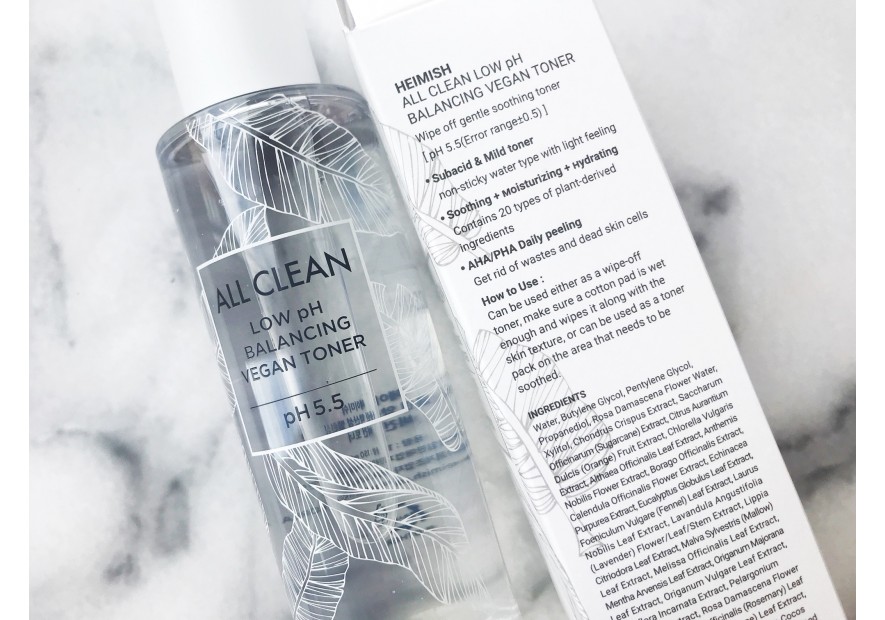
Gluconolactone is a new multifunctional product that is irreplaceable in the cosmetic industry. It actively moisturizes the skin, fights acne, enlarged pores and excessive sebum production. It brightens age spots, as well as counteracts aging, brightens the skin. Also suitable for hypersensitive and irritated skin.
Gluconolactone significantly overshadows the commonly used chemical peels based on AHA or BHA acids. And why? Because it is much softer and at the same time multifunctional!
How does gluconolactone work?
Acts as a gentle exfoliation. Gently removes dead cells from our skin. This improves the texture of the skin as well as evens it out. In practice, this means that it smoothes fine wrinkles and brightens blemishes.
Moisturizes the skin. Unlike AHA or BHA acids, it moisturizes much more, because it contains many hydroxyl groups, which themselves have hydrating properties (gluconolactone is a so-called polyhydroxy acid). The principle of hydration, for example, of glycerin or hyaluronic acid, is based on hydroxyl groups.
Possesses anti-aging properties. Thanks to its antioxidant properties, it fights free radicals that damage the skin and cause it to age. Gluconolactone naturally interferes with this process.
Gluconolactone has antimicrobial properties. Hence, it can be a suitable alternative to acne-prone skin care.
Due to its softness, gluconolactone can be used every day.
How to use acids for the face?
You cannot use several products with different acid groups on the same day (except when AHA, BHA and PHA are not combined in one product). Divide their application by day. You will not achieve crystal clear skin if you exfoliate it two or three times. On the contrary, you will only make her worse by erasing the protective barrier and increasing her sensitivity.
It is recommended to start using cosmetics with acids in early October and finish with the first rays of the spring sun (usually in April-May). This will avoid pigmentation and burns.
Do not forget to apply Sanskrin when going outside after using cosmetics with acids. By the way, this should be done all year round and regardless of whether you use peeling or not.
Do not use acidic products on the eye area - it is the thinnest and most sensitive area. It is not known how the skin will behave, and no one wants to walk with red eyes.
Never overexpose products with acids for longer than the manufacturer says on the package - this can cause irritation or burns. It is written for 10 minutes, which means keep it just that much, then rinse it off.
Before applying the product to the skin, be sure to test it on small areas of the body. If irritation, dryness, peeling, inflammation, itching, redness, burning and other unpleasant symptoms appear, stop further use;
Use an acid concentration appropriate for your age and skin type. A cosmetologist can help with the choice. This will save you from unwanted consequences and will help you achieve your goal in a short time.
The frequency of acid use depends on the problem and skin type. Owners of dry, sensitive and dehydrated can be limited to once a week, girls with a problem and oily skin - 2-3 times a week
PHA acids (polyhydroxy acids) are a relatively new generation of acids. PHA acids are usually recommended for those with sensitive and reactive skin, since due to their large molecule size, they penetrate the skin much more slowly and do not provoke irritation and inflammation. It is customary to refer to PHA acids as gluconic acid, lactobionic acid and gluconolactone. PHA acids "show" themselves best in a concentration of up to 15% (with respect to the pH level, everything is the same as for other acids). Polyhydroxy acids gently exfoliate the skin, stimulate collagen production, brighten the skin, and provide antioxidant protection and hydration to the skin. It is also believed that PHA acids do not increase the sensitivity of the skin.
Efficiency of gluconolankton:
- Dehydration of the skin
- Acne (comedones, blackheads) and enlarged pores
- Hyperpigmentation (age spots)
- Loose skin
- Dull skin tone
- Hypersensitive skin prone to allergies
- Seborrhea
What products with gluconalactone to choose?
Below you will find cosmetics containing gluconalactone:
COSRX Triple Hyaluronic Moisture Ampoule deep hydration serum with hyaluronic acid
Peeling discs Neogen Dermalogy Bio-Peel Gauze Peeling Wine
Heimish All Clean low pH Balancing Vegan Essence with AHA and PHA acids
Heimish All Clean low pH Balancing Vegan Toner light peeling toner with pH 5.5
Barr Centella Calming Gel Cleanser
Manyo Galactomy Clearskin Toner Mild Acid Cleansing Toner












































































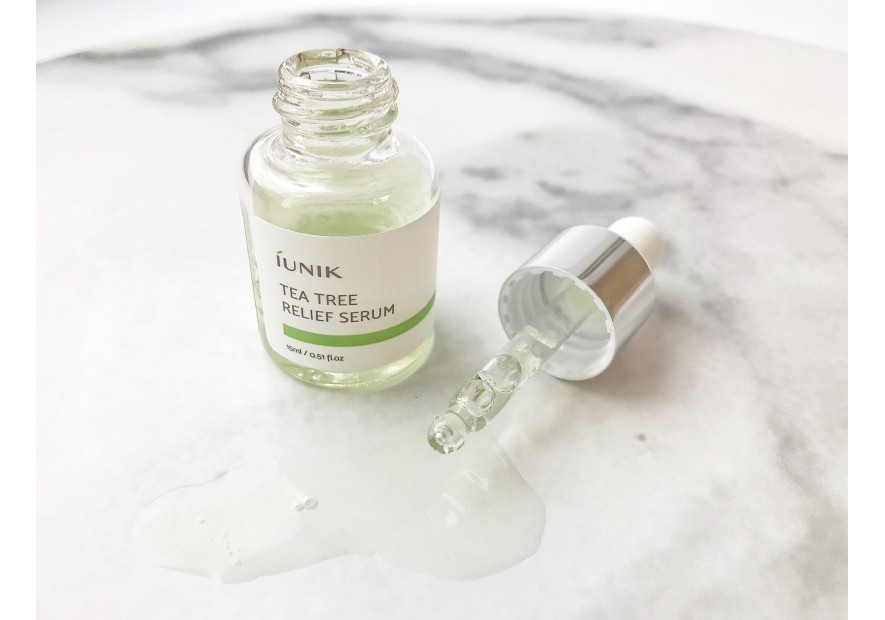
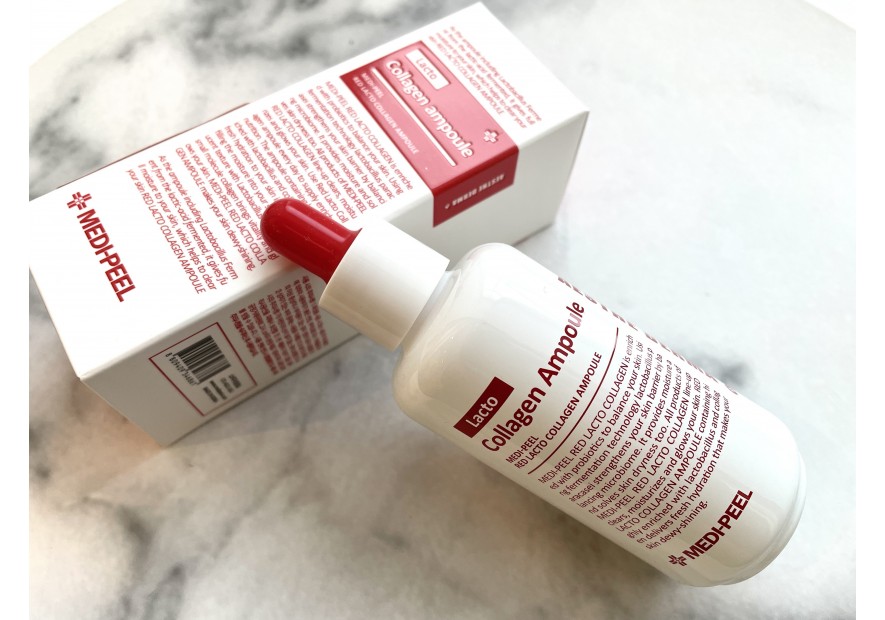

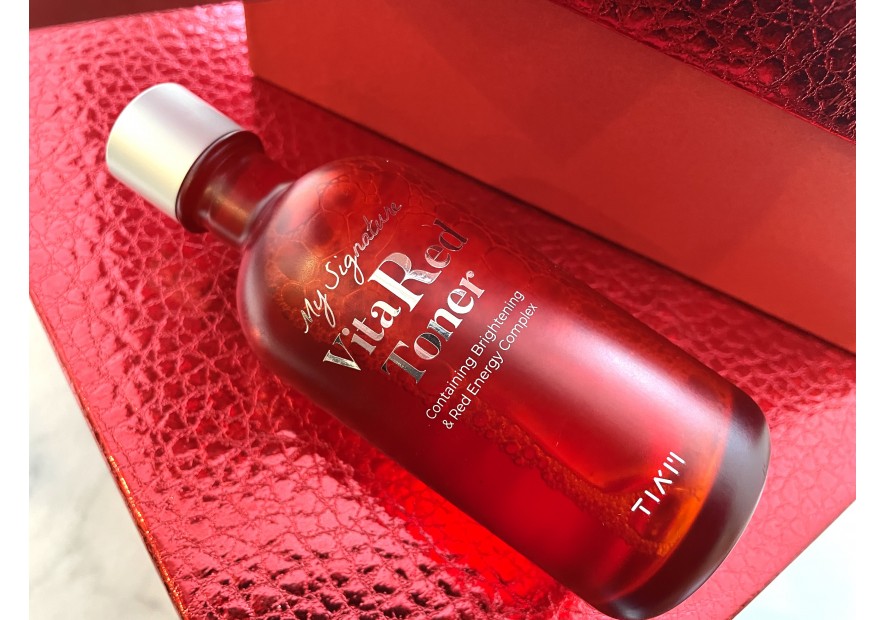
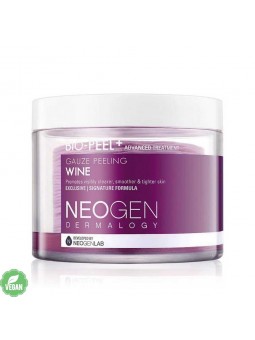
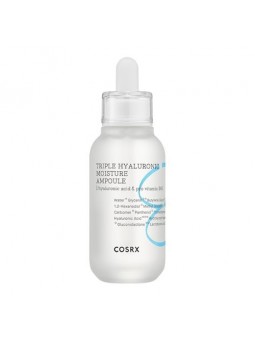
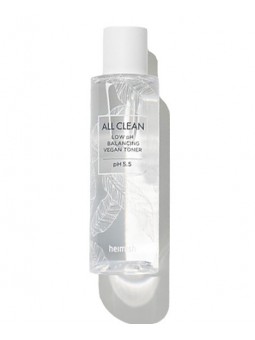
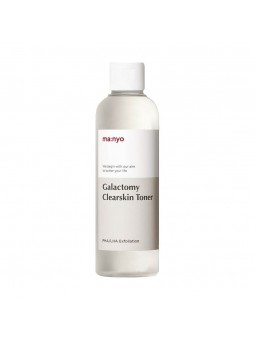
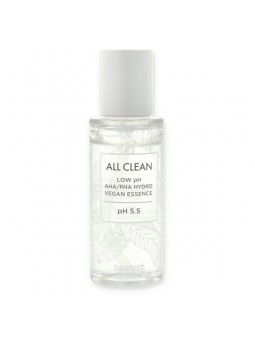

Leave a comment